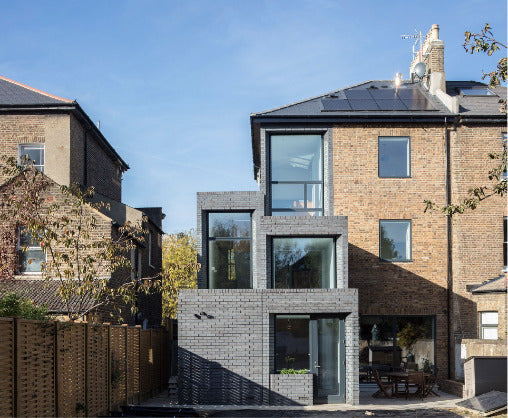Gaining planning permission to convert a barn or a rural building into a home might be the key to your dreams. Rural conversion opportunities, in the open countryside, are highly sought after. Reusing barns and other rural buildings often provides the perfect opportunity to create a new home with character and charm as well as being set in a beautiful countryside setting.
If you have a rural building on your land or farm, and you think it might have potential to be converted into a home, then we can help. In our masterclass, we provide professional insight into the planning considerations you must think about before converting a rural building to a home.

What You Need to Know
In most parts of England, planning policies and rules that apply to converting rural buildings to a homes are favourable. In national planning policy guidance, the government acknowledges that rural building conversions serve as a way to boost housing supply and that by re-using existing, under-utilised rural buildings, a suitable way to provide new homes is possible.
There are many essential planning considerations you need to consider before applying for planning permission.For more advice take a look at this planning permission blog. In this blog, we will address three common planning issues you may need to address
Structural Condition
The building you want to convert must be structurally sound. This means it must be capable of converting without the need for substantial demolition, significant rebuilding, or significant extending or altering. If you are likely to need to undertake any of these actions, in order to turn the rural building into a ‘livable’ space, then this could pose as a planning showstopper. It will be crucial that you can prove that your building is structurally sound before you draw up any plans or design your proposal. You should commission an independent building surveyor to survey the building and assess whether the structure is capable of converting. The building survey must demonstrate that the building is capable of being converted in its current form.
Current use
The use of the building is another important consideration. Is it in active use for animals, storage or farming? Is it unused or redundant? Whilst some local authority policies do not specify that the building MUST be redundant, in most cases, it should be redundant or unoccupied to avoid this becoming a planning show stopper. The reason for this, is to ensure that if a building is in use, for example, to store domestic paraphernalia, mowers, tractors, and other equipment, then converting the building to a home may create the need to build a new replacement building to fulfil the storage function lost to the conversion. If your rural building is in use, any application will need to explain why the loss will not create any need for an extra, new building. For example, you may have machinery stored in the building proposed for conversion that can be accommodated within surplus space within the next-door garage.
Ecology
Ecology is one of the most common planning issues that arises in applications for rural building conversions. Due to the fact rural sites often host old, redundant, quiet buildings, these sites are favoured habitats by wildlife. The national planning policies seek to protect and conserve all wildlife and protected species such as bats, barn owls, slow worms, great crested newts, dormice, and badgers. Therefore, if your proposed rural building conversion involves any works to the roof, structure or surrounding land, (however minor) which could cause harm to such wildlife, then you must think carefully about how you are going to protect the wildlife, and if necessary offer details of ways to mitigate against any harm to the species or their habitat.

If your development could affect a protected species or their habitats, then you will need to seek specialist input from an expert ecologist who can advise you on how to proceed. All endangered species are legally protected and you can be prosecuted by Natural England if you harm them in any way or affect their habitats.
Your LPA will request at the very least a baseline ecology survey to be undertaken to establish if any species are present. If evidence of any protected species is found, you will need to include the findings of the report in your planning application submission and also set out a plan to relocate the species without harming them in any way. All surveys must be undertaken by a qualified ecologist. These can be undertaken at any time of the year but be aware that some surveys are restricted by season.
Conclusion
To conclude, this blog has touched in detail on just three of the essential planning considerations that must be addressed as part of any planning application to convert a barn or rural building to a dwelling. It is important to understand these are only three of the many considerations you need to take into account when converting a barn or a rural building to a dwelling. In my experience, many planning issues can be overcome if you provide the necessary information, you address all the relevant planning issues and you submit a robust, detailed planning application to your LPA. If you’re serious about this and need more information, this masterclass will guide you through what you need to know to increase the likelihood of achieving planning permission.


